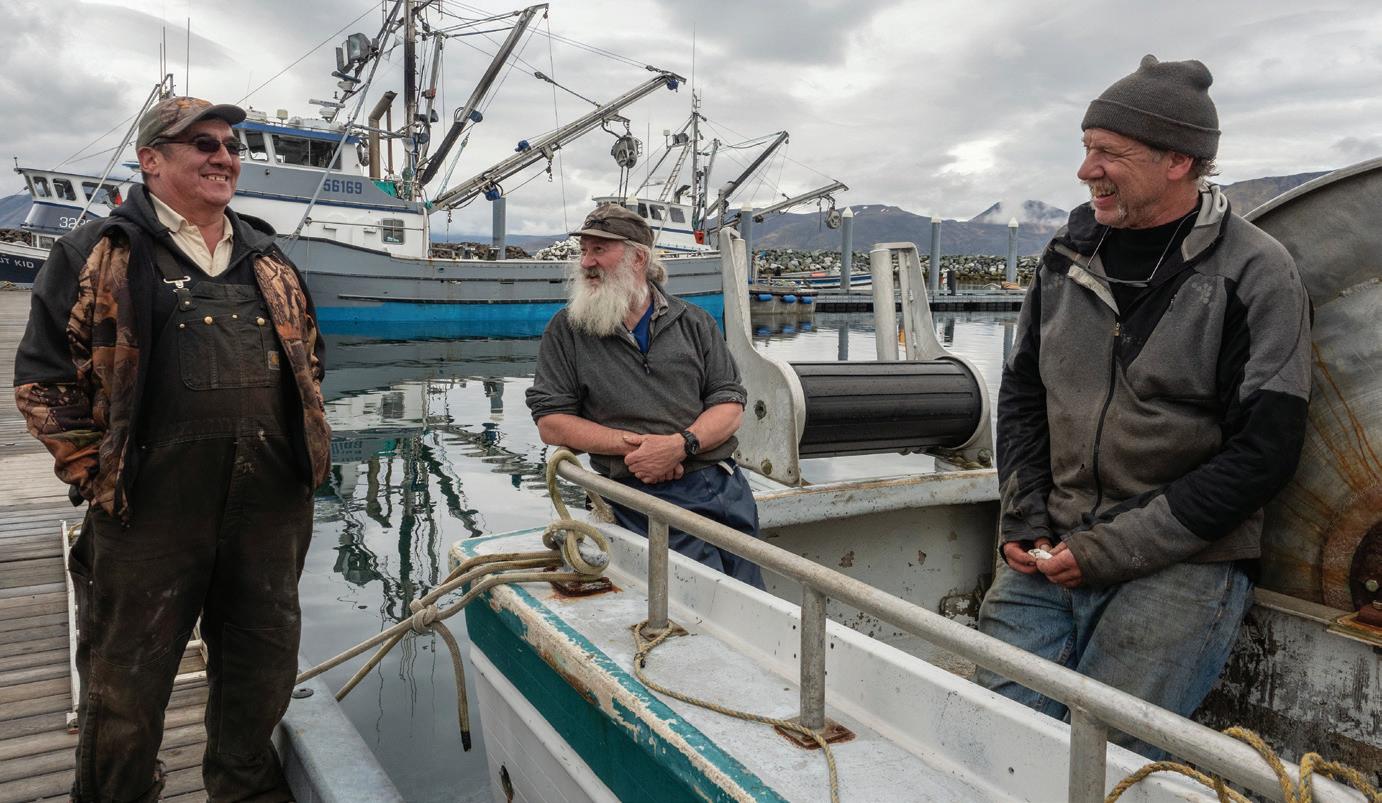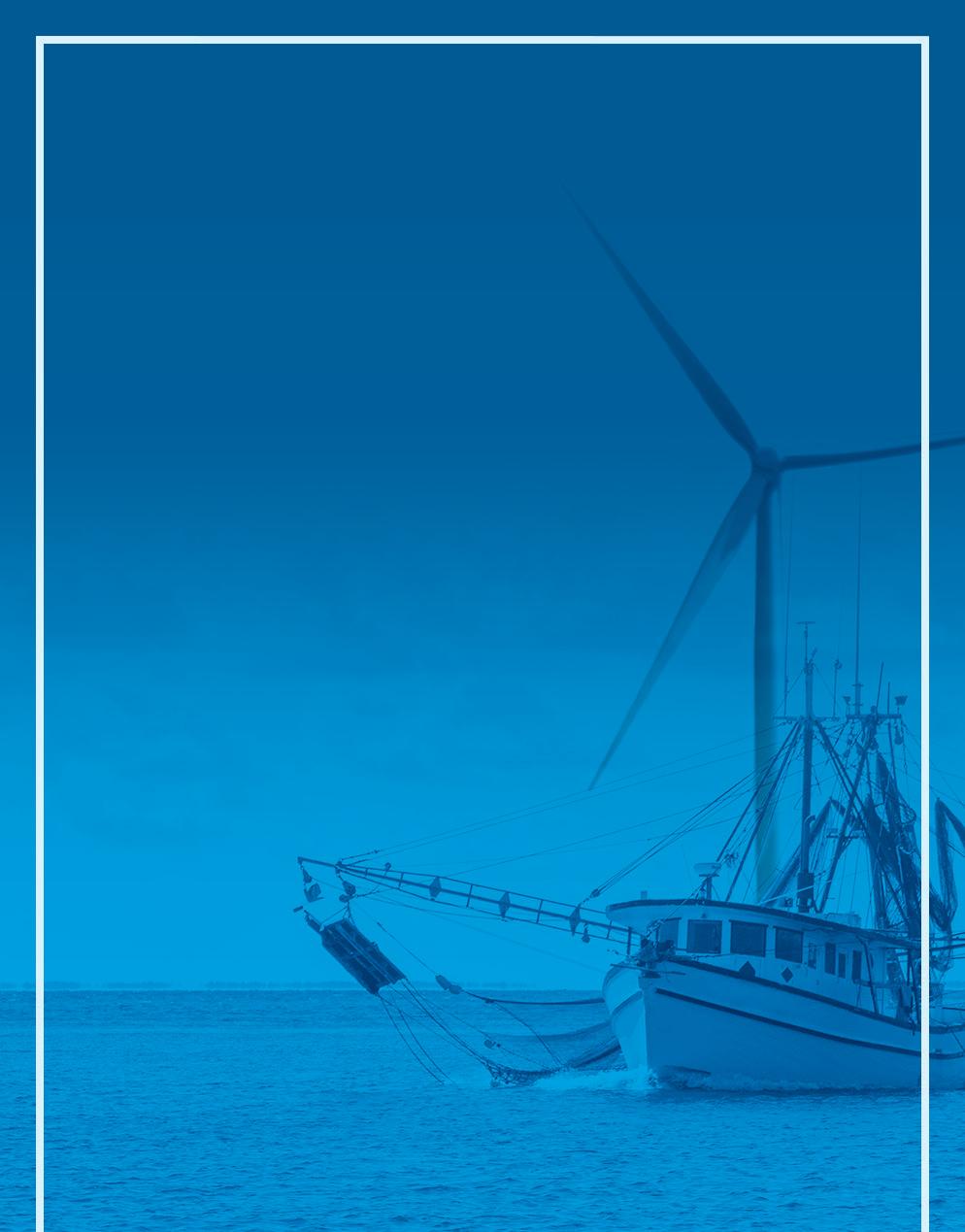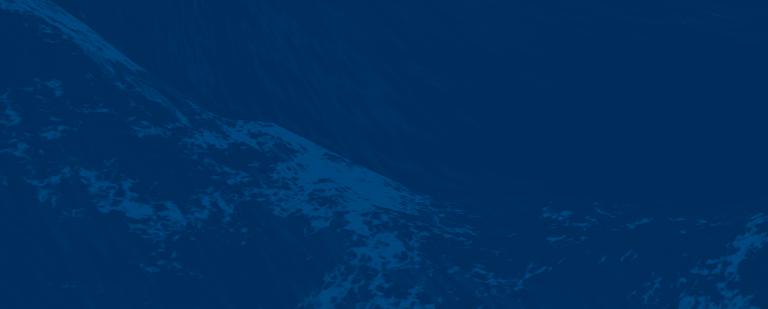
6 minute read
Northern Lights
VIEWS FROM ALASKA Cod, salmon at top of agenda as Alaska Board of Fisheries gears up
By Charlie Ess
T
hough autumn marks the end of the shing seasons for herring, salmon, halibut and blackcod, there’s much afoot with changes in sheries management when the Alaska Board of Fisheries ramps up for meetings beginning in October and running through March of 2023.
In the lives of Alaska’s proactive commercial shermen, it’s either shing season or meeting season.
For starters, the Board of Fisheries met jointly with the North Paci c Fishery Management Council on Oct. 13. The Joint Protocol Committee discussed small boat access in the state and federal Paci c cod sheries. But the main event was the beleaguered crab stocks in the Bering Sea. The crab eet was shocked Oct. 10 with sweeping closures. Board of Fisheries action resumed Oct. 27 and continues with meetings that stretch through March 13, as the sh panel reviews 169 proposals that could spell regulation changes in commercial sheries across major seafood production areas in the state.
The board will began with proposals for cod at Chignik, the Bering SeaAleutian Islands (BSAI) and Alaska Peninsula. Beginning on Nov. 29 the board will delve into proposals pertaining to Bristol Bay salmon. Alaska’s far west salmon topics, including the collapse of runs in the Yukon and Kuskokwim Rivers, will be the focus of the meetings running from Jan. 14 through Jan. 18. Salmon and other n sh will again dominate discussions
For years, local shermen set and anchored their nets perpendicular to the shoreline for chum salmon, then returned to their camps and focused on other chores while the nets continued shing o shore. When shing was slow, they might be away from the net for hours at a time.
This past season, however, an enforcement o cer’s interpretation of the current language constituted violations and subsequent nes for leaving the nets unattended during operation.
Kantner has been shing Kotzebue Sound for 47 years, and the regulation had never come into question. He crafted his proposal with the help of the enforcement o cer and others “…who are all in agreement that a small change would help clarify and improve this situation and bring regulations in alignment with actual practices here.”
In Bristol Bay, the board and the industry will visit 15 proposals focused on salmon net speci cations and vessel operations. Some of these proposals call for extending the distance that set gill netters can operate their nets o shore in reaction to changing shoreline conditions, thus restoring their access to sh at historical levels.
Other proposals have been borne of technological changes in the shery, mainly the introduction of shallow-draft jet boats, which have spawned increasing con icts between drift nets and nets that are anchored and fastened to shore.
at the meetings scheduled for Feb. 20 through Feb. 25.
The meetings beginning March 10 through March 13 will consist of supplemental n sh discussions, wrapping up the meeting season until the board takes up sheries issues in other areas of the state sometime in autumn 2023.
Many of the proposals in this cycle emanate from the internal branches of the Alaska Department of Fish and Game with the intent of making the regulatory language consistent with practices in the eld. Other proposals strive to correct those practices, when language falls subject to interpretation with other user groups or with enforcement o cers.
Proposal 76, proposed by longtime sherman Seth Kantner, pertains to commercial gill net operation in the Kotzebue area and calls for rede nition of “attendance” to anchored salmon nets.
Alaska Llifelong resident Tom Hoblet pauses for stories and a few laughs with Charlie Ess and Joe Weber. Cheryl Ess

The upcoming meeting cycle Nov. 29 through Dec. 3 will feature proposals attempting to establish new rules about the length of the tow ropes that run between drift vessels and their nets. Though the proposals address safety concerns involved with up to 1,000 feet of tow rope trailing between the vessel and the net, another argument is that the long tow ropes allow vessels to remain tied to the net in deeper water while the net shes with its leadline mired in the mud, making it essentially a set net. “This gear style lends itself to shing with a grounded net,” say Tim Gervais, the author of Proposal 38, which calls for a 25-fathom limit on towlines. “I don’t feel that this style of shing is in the intent of drift gillnet operation.” Other Bristol Bay n sh proposals (42-through 47) will revisit the practice of “permit stacking,” which allows two limited entry permit holders on the same boat and allows for shing a single net of up to 200 fathoms. A boat with a single permit can legally operate 150 fathoms in a single net. Some of those proposals have been predicated by changes in ex-vessel prices through the years. One argument holds that during the era of sub 50-cent-per-pound o ers from processors, the economics of doubling up on boats reduced the overhead costs racked up between two skippers on two boats. In the years since, ex-vessel prices have increased, and those in favor of repealing the 200-fathom limit assert that the stackedpermit boats create an unfair advantage in intercepting sh bound for vessels shing the shorter nets.
Arguments from the opposing side contend that the longer nets allow for a more e cient harvest and maximize utilization of the resource. The 150-fathom versus 200-fathom drift gill net proposals have become a recurring controversy in each board cycle since its inception in 2010.
Other proposals attempt to rectify rightful access to sheries resources among user groups. Proposal 80, submitted by John Lamont, calls for clari cation in the legal uses of chinook salmon harvested on the middle Yukon River. Lamont’s proposal notes that shermen in the lower Yukon, Area Y-1, have seen closures to their shery under the assumption it operates as a cash-generating shery, while federal laws provide for the harvest of sh upriver under “subsistence” and “customary trade” guidelines.
Charlie Ess is the North Paci c Bureau Chief for National Fisherman.
Offshore wind and fisheries can coexist
The offshore wind industry is committed to the responsible development of America’s newest homegrown source of clean energy for all ocean users.


We take the heat, so you don’t have to.
Cool. Because you need it. So no matter where you operate, hot days and heavy loads will never slow you down.
Booth 1306
GRIDCOOLER® Keel Cooler Keel Cooler
WEKA Boxcooler® Omega Laser Plate™
Visit us at PME booth 1306

Learn how the industry regularly engages with the fishing industry and other ocean users at cleanpower.org/fishing.
fernstrum.com | 1.906.863.5553 | sales@fernstrum.com ISO 9001:2015
© 2022 R.W. Fernstrum & Company. All rights reserved. FERNSTRUM® and GRIDCOOLER® are registered trademarks of R.W. Fernstrum & Company. All other trademarks cited are the property of their respective owners.








